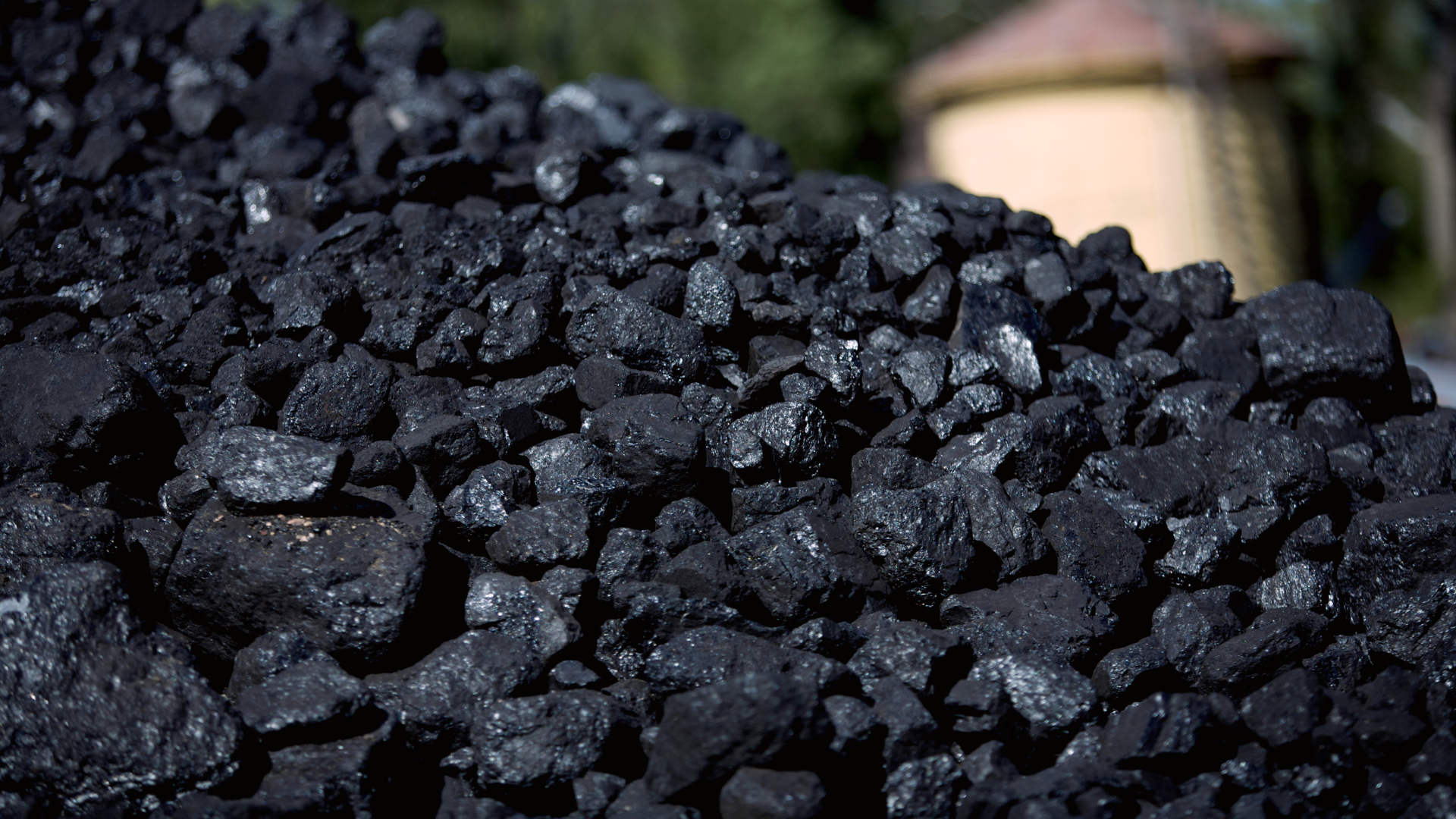
From 1st January 2021 the revised IMSBC Code 2020 enters force.
Following the loss of the Supramax bulk carrier BULK JUPITER in January 2015, with the tragic loss of 18 lives, the IMO Sub-Committee on the Carriage of Cargoes and Containers (CCC), at its second session in September 2015 noted that the loss of the ship may have been caused by liquefaction of the cargo. Circular CCC.1/Circ.2 "Carriage of Bauxite which may Liquefy" was issued at that time to raise awareness to the potential risks posed by moisture in the carriage of Bauxite. Although Bauxite is described in the IMSBC Code as a Group C cargo, the potential for this cargo to liquefy was not specifically addressed in the Code.
Subsequent work undertaken by the industry Global Bauxite Working Group (GBWG) in conjunction with competent Authorities indicated that there was a need to draw a distinction between Bauxite cargoes that can liquefy and those that do not.
As a result of the above work the IMSBC Code was amended to include a new Group A cargo ‘BAUXITE FINES’ and the existing schedule for ‘BAUXITE’ classified as Group C was revised. The two schedules are primarily based on a particle size distribution (PSD) criterion, where, in simple terms, bauxite fines are permitted loaded with a larger percentage of fine particles compared to bauxite, although drainage properties also come into consideration. The amended Code was published in 2020 and has now entered force.
The revised code includes amendments to the IMSBC Code as follows:
- Test procedure for determining the TML for Bauxite;
- Schedule for Bauxite Group A having the shipping name "BAUXITE FINES";
- Amendments to the schedule for BAUXITE Group C
The full text of the amended Code can be found in Resolution MSC.462(101)




